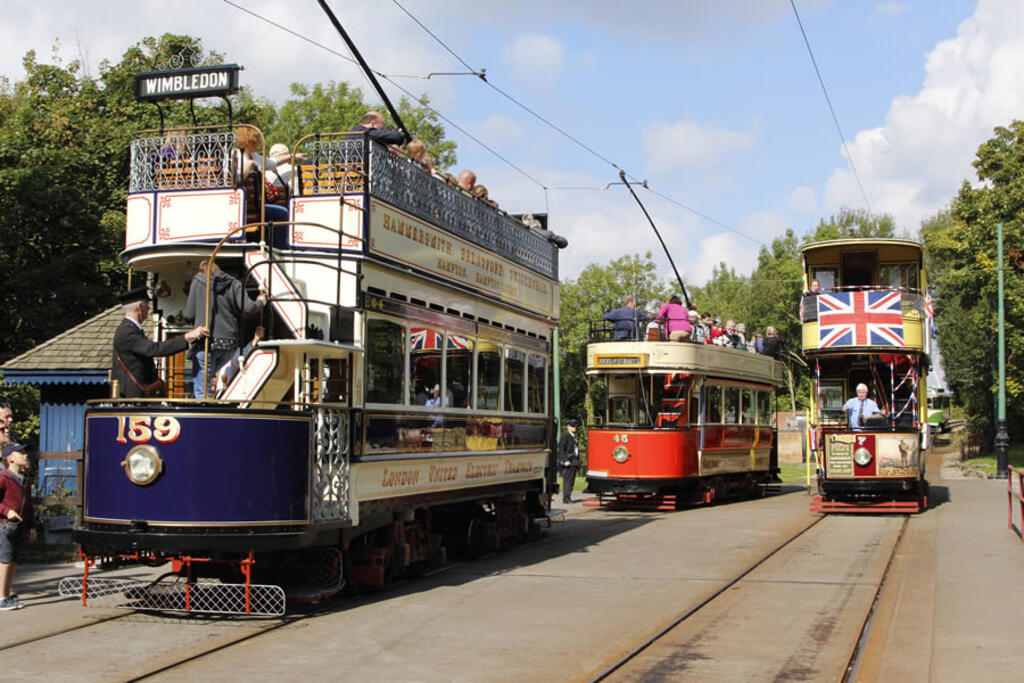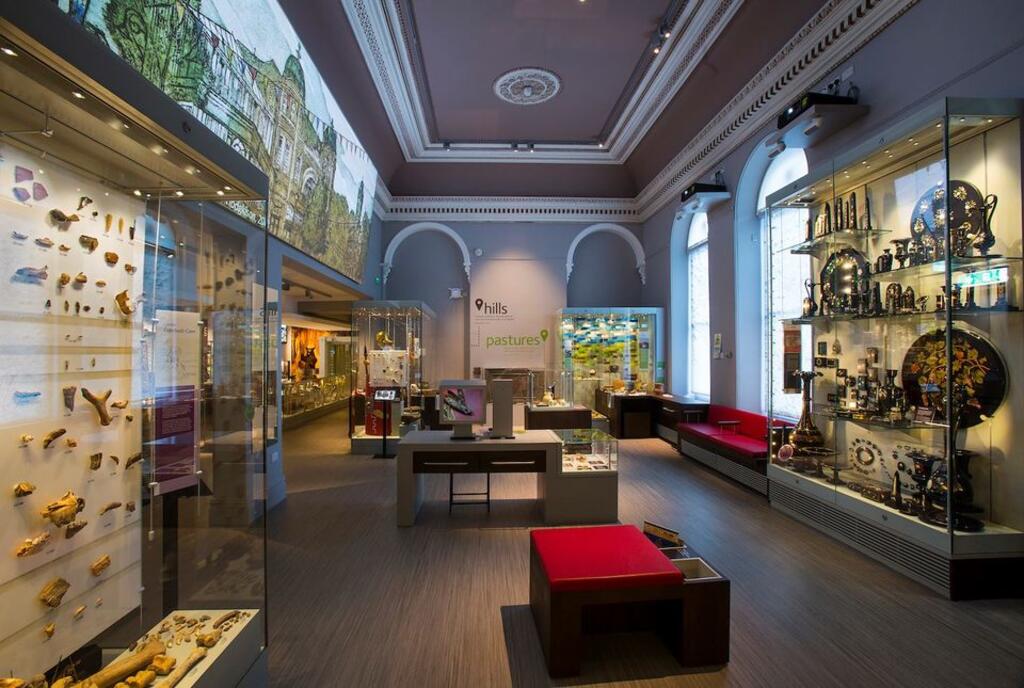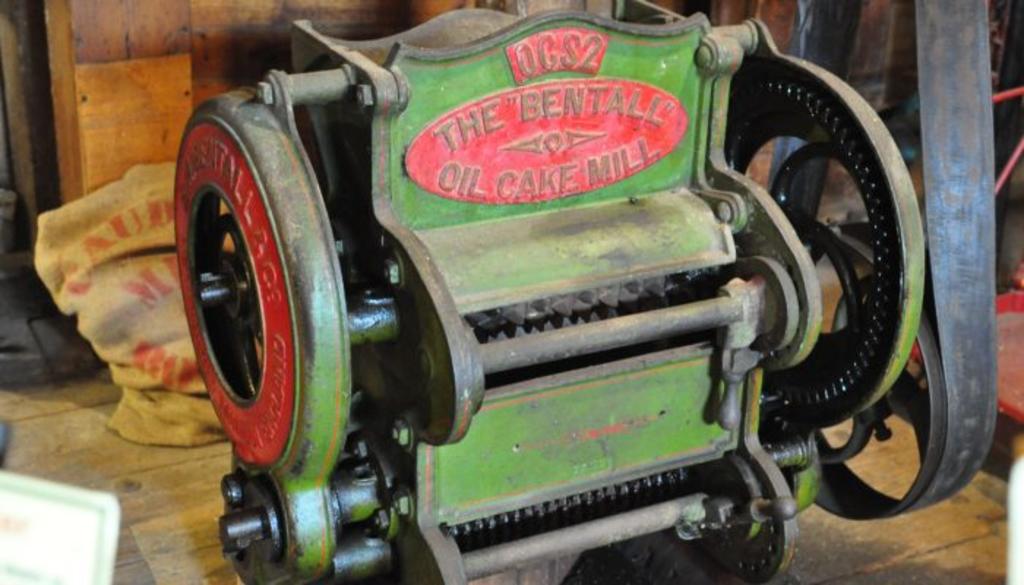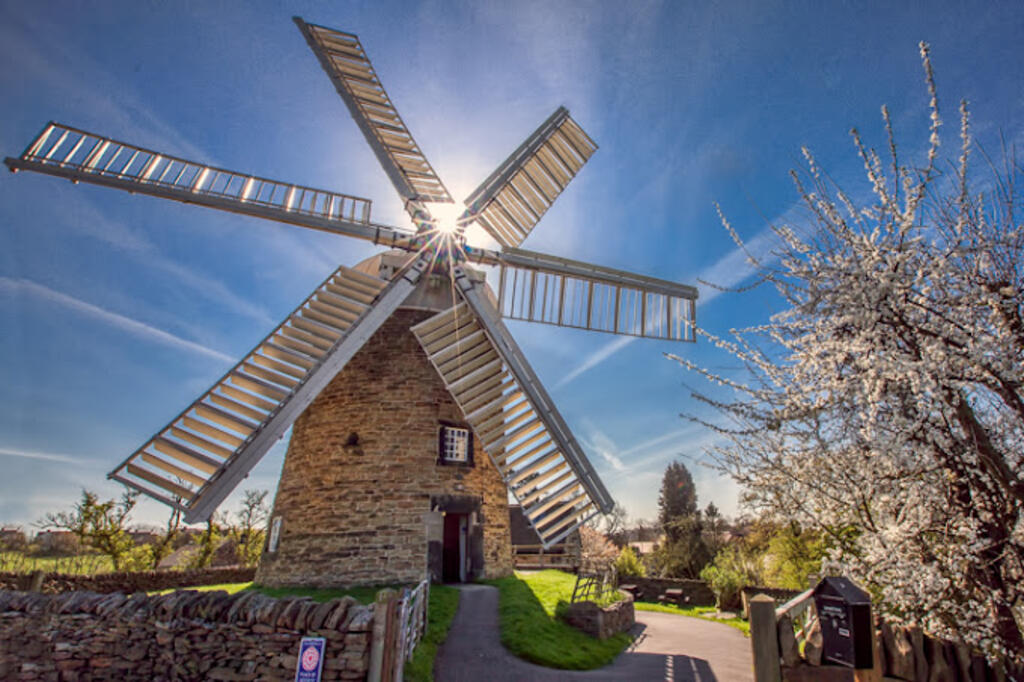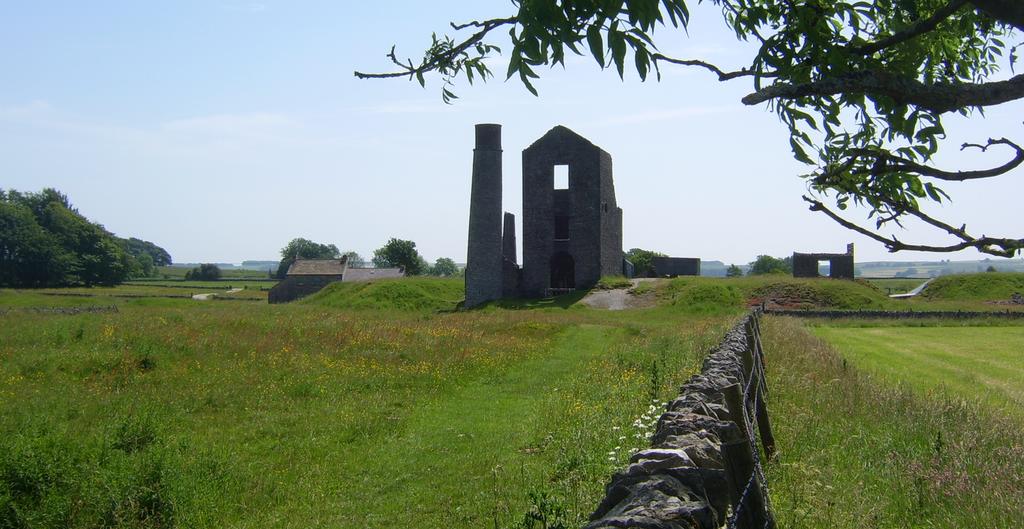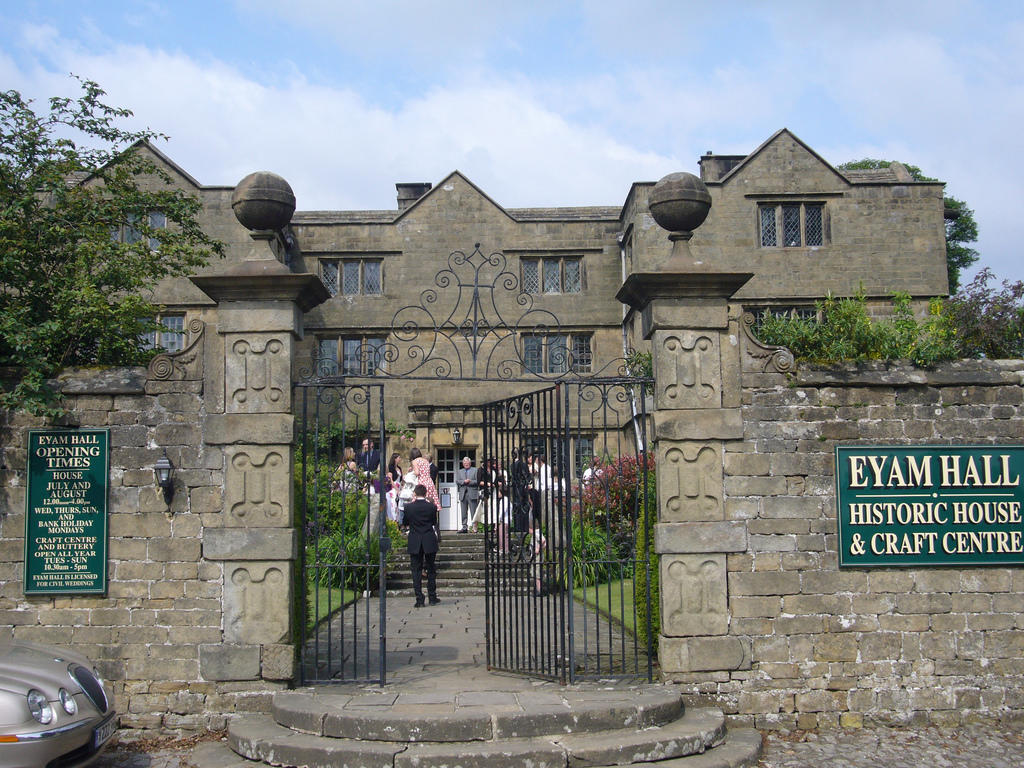Birthplace of the Industrial Revolution
At the heart of Derbyshire’s history is the birthplace of the factory, which ushered in the Industrial Revolution. Arkwright's Cromford Mill is part of the Derwent Valley Mills World Heritage Site and allows you to see inside the world’s first water-powered cotton mill! Discover this great monument of the industrial revolution - a fascinating and unique historical marker to experience today.
You can also step back in time and visit the remains of the area’s lead mining history at the Peak District Mining Museum or in the show cavern at The Heights of Abraham- the Peak District & Derbyshire is full to the brim with history just waiting to be explored…….
Discover the wonders of the Peak at Buxton Museum & Art Gallery - with over 1,200 objects on display, covering 360 million years of history.
(photo credit: Derwent Valley Mills)

